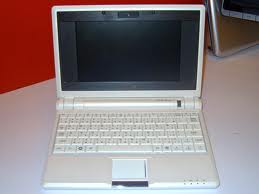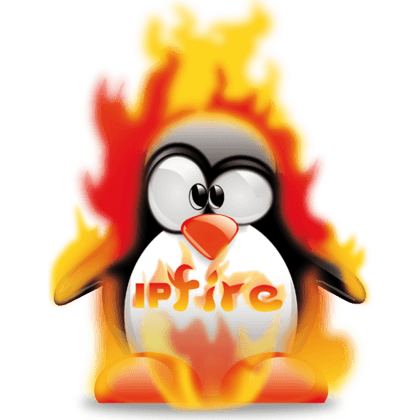

I still had a small Asus eee Pc, so I decided to turn it into a router I can take with when I travel. I could have installed a full distro on it, but decided to go for one of the prebuild firewall distros. I installed monowall and saw that it was actually not really using the little pc, so I replaced it with ipfire because it allows you install additional packages for file and printer sharing and you switch samba on if needed.
Since the Asus eee Pc has only one wired nic and one wireless adapter, there are some little tricks to remember...
- Download ipfire cd-rom iso and use Yumi to put it on a usb stick.
- Press escape on boot to select usb.
- Internet modem cable goes into red.
- Wifi will become green. (as opposed to the usual blue)
- After reboot login to shell as root
- ifconfig (to check if you got ip from isp)
- pakfire list (will show all the addons available for ipfire)
- pakfire install hostapd (turns wifi adaptor into access point)
- pakfire install elinks
- elinks (use elinks at 192.168.1.1:444 to configure wifi)
The tricky part is using elinks text browser, it feels so 1985. Remeber that after selecting the information is at the bottom of the console. You also have to press enter to type into an input field, but should use the arrows to exit the field.
After you enable the wifi (menu > ipfire > WLanAP), you could use the default ssid (ipfire) and password (IPFire-v2.x) to re-configure on another client with the web interface.
other links: